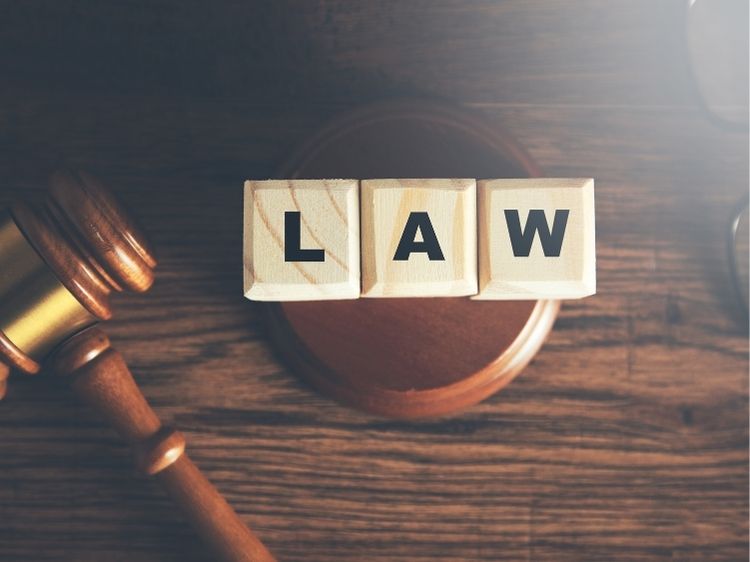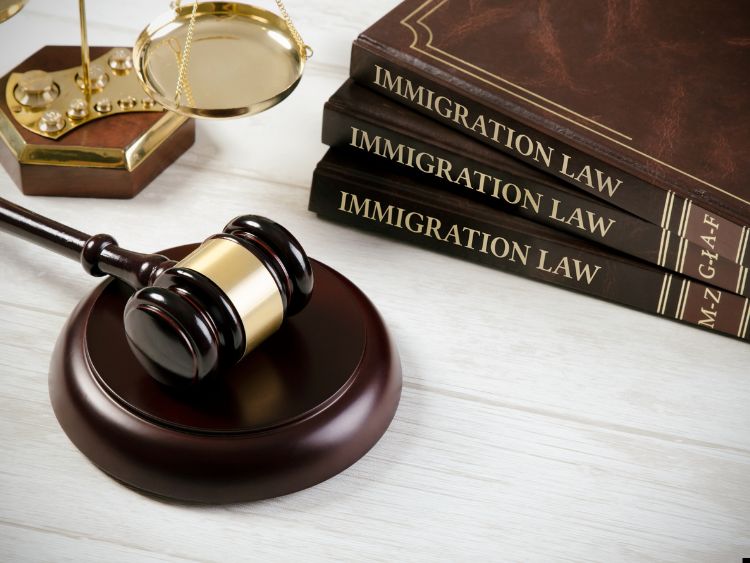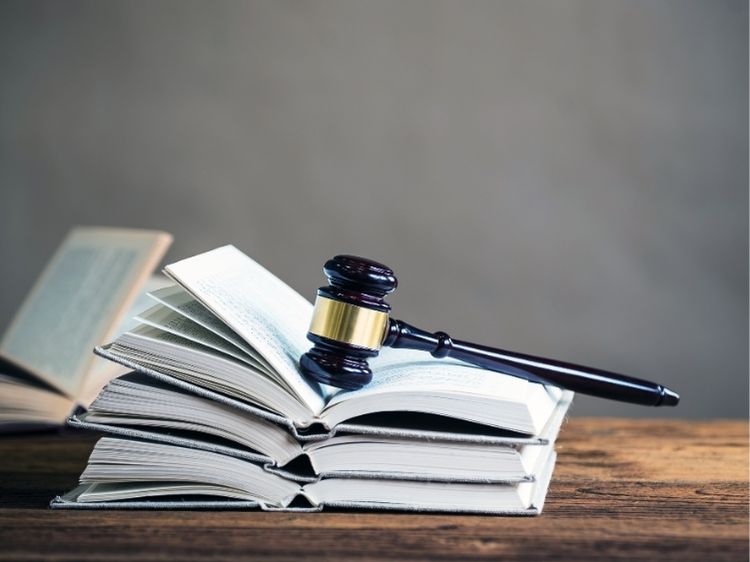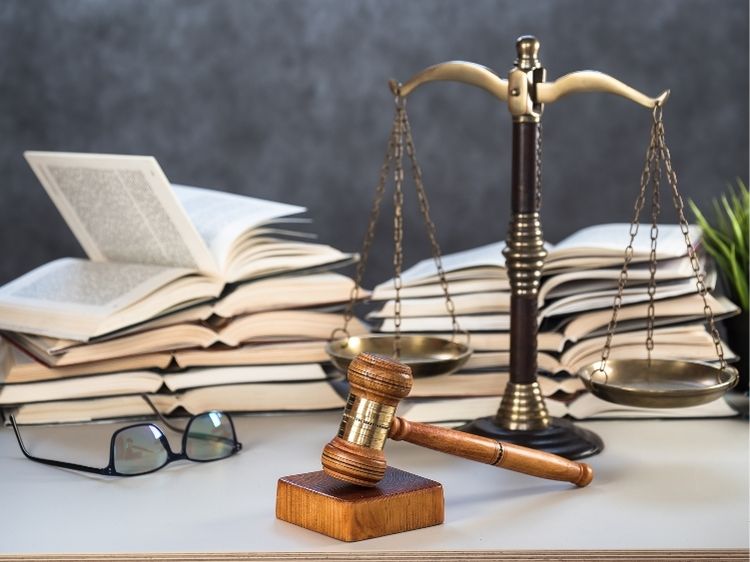In today’s fast-paced consumer-driven world, we depend on countless products daily, from household appliances to medical devices. But what happens when something goes wrong? When a product fails to function as intended and causes harm, consumers often find themselves navigating the complex legal landscape of negligence and product liability. These two legal concepts are crucial in protecting consumers and ensuring companies are held accountable for faulty products.
Negligence and product liability might seem like legal jargon, but understanding these concepts could save you a lot of frustration—and possibly money. When a product causes harm, it’s not always just a random accident. Sometimes, it’s the result of negligence or a flaw in the product itself. Knowing your rights and the legal options available when dealing with defective goods is essential for protecting yourself and your family. But first, let’s break down the basics.
What is Negligence?
Negligence refers to the failure to exercise a level of care that a reasonable person would have in similar circumstances. In product liability cases, negligence occurs when a manufacturer, distributor, or retailer fails to ensure a product’s safety before it hits the market. But negligence isn’t just about making a bad product—it’s about failing to take steps to avoid harm.
Elements of Negligence
To establish negligence, four elements must be proven:
- Duty of Care – The defendant (manufacturer or seller) had a duty to produce or sell a safe product.
- Breach of Duty – They breached that duty by providing an unsafe product.
- Causation – The breach caused the injury or harm.
- Damages – The plaintiff suffered actual harm as a result of the product.
These elements are the foundation for most negligence claims. Without proving all four, a negligence lawsuit may fall flat.
What is Product Liability?
Product liability, on the other hand, is a broader area of law. It doesn’t necessarily require proving negligence. Instead, it focuses on holding manufacturers or sellers responsible for any injuries caused by defective products, whether or not they were negligent.
Types of Product Liability
There are three main types of product liability claims:
- Manufacturing Defects – These occur when a product is made incorrectly, making it dangerous. Even if the design was safe, the production process went wrong.
- Design Defects – In this case, the product’s very design is unsafe. A famous example is the Ford Pinto case, where the car’s fuel tank placement made it prone to explosions during rear-end collisions.
- Failure to Warn – When companies fail to provide adequate warnings or instructions for safe product use, they may be liable for resulting injuries. Think of dangerous chemicals or electrical appliances without clear usage guidelines.
Key Differences Between Negligence and Product Liability
Though both negligence and product liability deal with harmful products, there are critical differences. Negligence focuses on a party’s failure to act reasonably, while product liability often revolves around the defect itself—whether the manufacturer acted negligently or not.
For instance, a company could be held liable for a faulty toaster even if they took all the precautions during production. In this case, the defect alone makes them responsible under product liability law.
Real-World Examples
To better understand these legal concepts, let’s look at a few real-world cases:
- Negligence Example: A toy manufacturer fails to properly test a new product before releasing it. The toy contains small parts that present a choking hazard to young children. A child chokes on a piece and is seriously injured. In this scenario, the manufacturer’s failure to ensure the product was safe before selling it would likely be considered negligence.
- Product Liability Example: A medication is released with proper testing, but due to a rare reaction that wasn’t identified, it causes severe side effects in some patients. Even though the company may not have been negligent, they could still be held liable under product liability laws.
How Can You Prove Negligence or Product Liability?
If you’ve been harmed by a product and are considering taking legal action, the first step is to gather evidence. Here are the key steps involved in proving negligence or product liability:
- Document the Damage – Take photos, videos, and notes on the product and the harm it caused.
- Seek Medical Attention – If you’ve been injured, visit a healthcare professional immediately. Medical records serve as vital evidence in your case.
- Consult with an Attorney – Product liability cases are often complex, so it’s essential to get legal advice from an attorney who specializes in this area.
- Retain the Product – Don’t throw away the product that caused the harm, as it will serve as critical evidence in your case.
Legal Defenses Against Product Liability Claims
Manufacturers and sellers often defend themselves against product liability claims by using the following strategies:
- Assumption of Risk – The defendant may claim that the plaintiff knew the risks involved with using the product and willingly assumed them.
- Product Misuse – If the plaintiff used the product in a way that was not intended or recommended, the defendant may argue that this misuse, not the product itself, caused the injury.
- Comparative Fault – In some cases, the court may determine that the plaintiff was partially at fault for the injury. This is known as comparative fault, where the compensation awarded can be reduced based on the plaintiff’s degree of responsibility.
FAQs About Negligence and Product Liability
- What should I do if I’ve been injured by a product?
- If you’re injured by a product, immediately seek medical attention, document the incident, and consult with a legal expert. They can help you determine if you have a case based on negligence or product liability.
- Is it necessary to prove negligence in a product liability case?
- Not necessarily. In strict liability cases, the focus is on the defective product rather than the manufacturer’s behavior. You don’t always need to prove negligence to win a product liability lawsuit.
- Can I sue for product liability even if I wasn’t the one who purchased the product?
- Yes, you can file a claim even if you weren’t the buyer. As long as you were harmed by the defective product, you have the right to seek compensation.
- What damages can I recover in a negligence or product liability case?
- You may be eligible for compensation for medical expenses, lost wages, pain and suffering, and other related costs. The specific damages vary depending on the case details.
Conclusion
Negligence and product liability play an essential role in protecting consumers from harmful products. While negligence focuses on a party’s failure to act responsibly, product liability law provides a broader safeguard, ensuring that defective products don’t harm users. Whether you’re a consumer or a business owner, understanding these legal concepts can help you navigate the complex landscape of product-related injuries. If you find yourself facing such a situation, taking quick legal action and consulting with an expert can make all the difference in seeking justice.
Authoritative Links:
- www.nolo.com/legal-encyclopedia/product-liability-basics-29633.html
- www.consumerreports.org/product-liability
- www.law.cornell.edu/wex/product_liability
- www.findlaw.com/injury/product-liability



